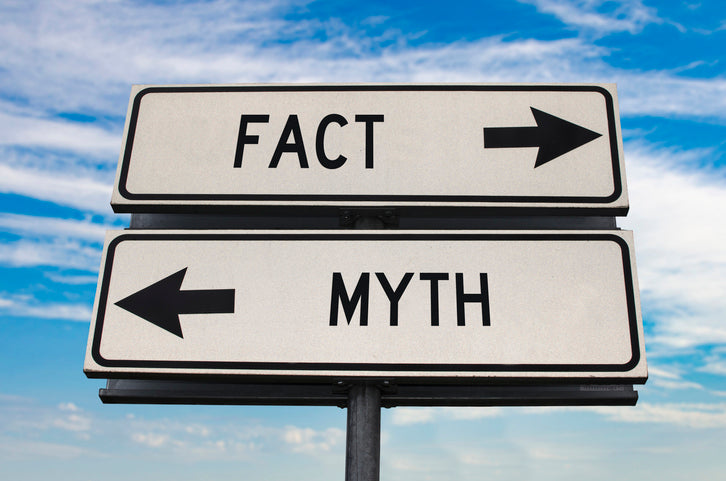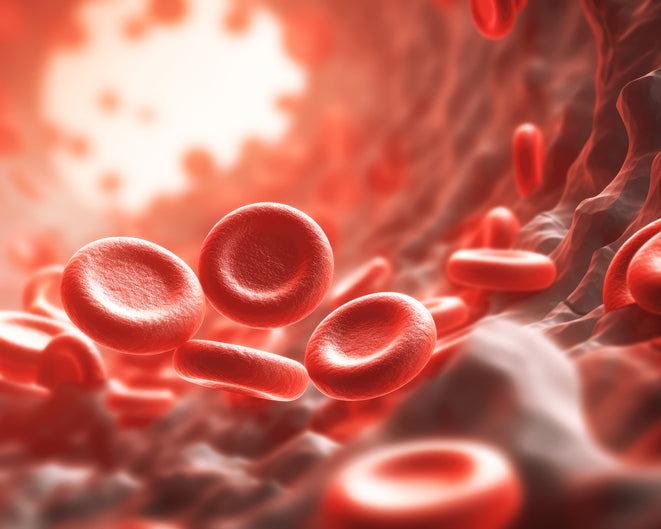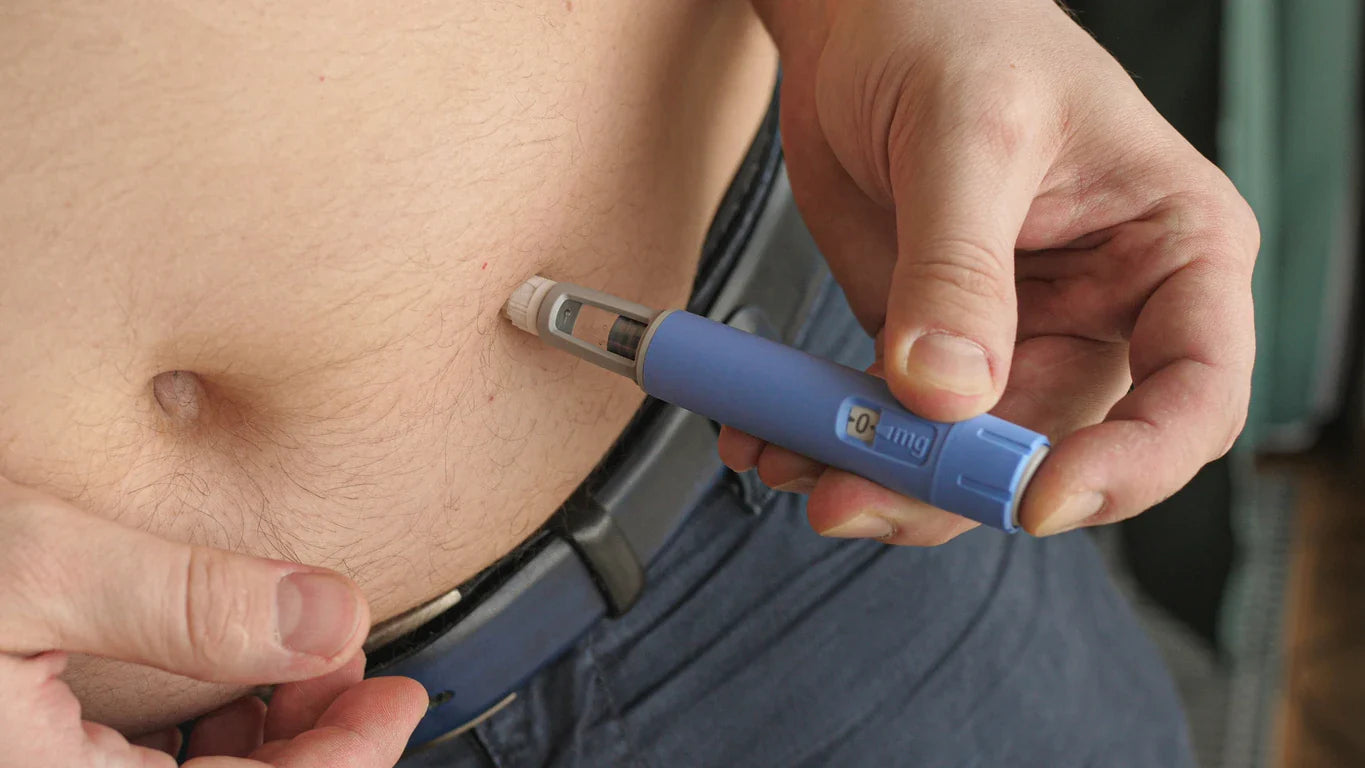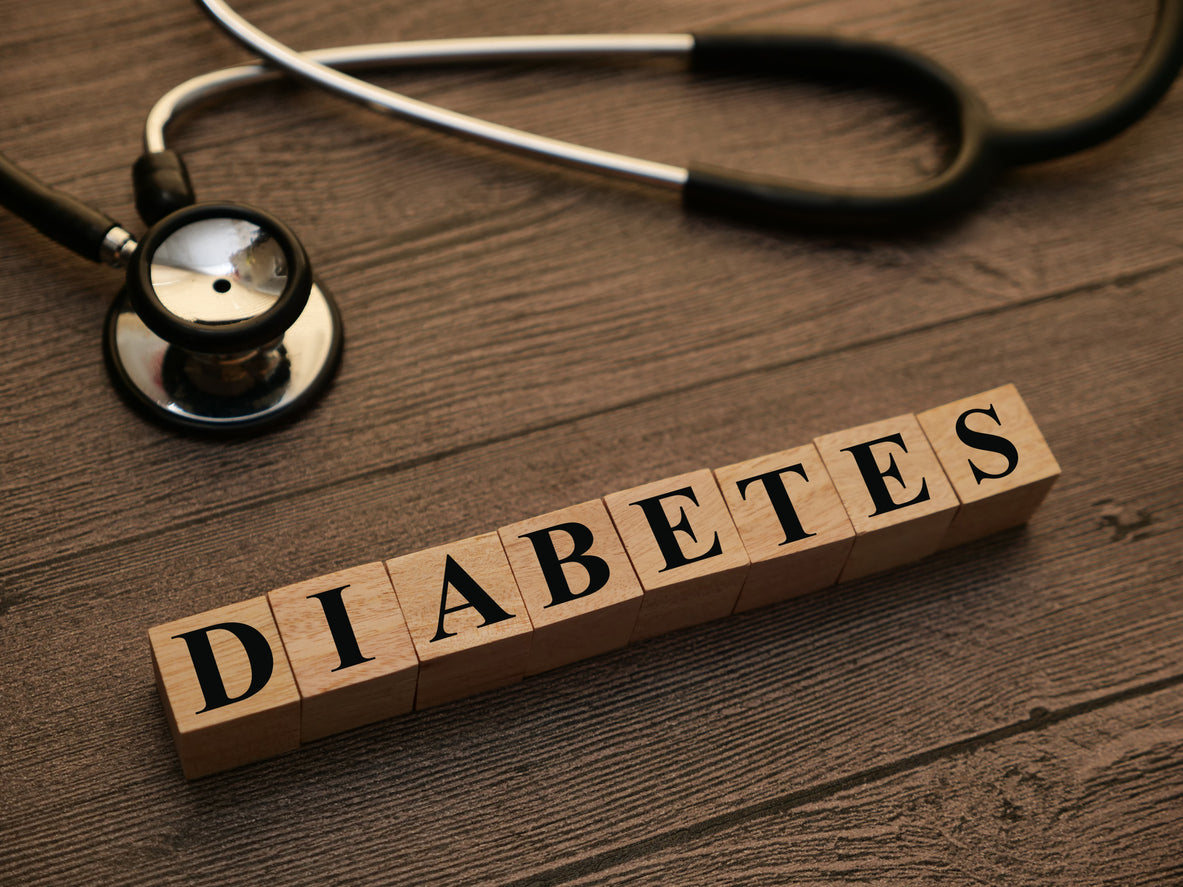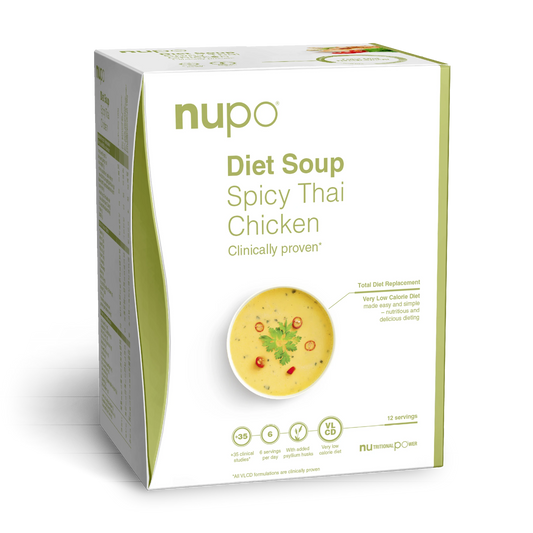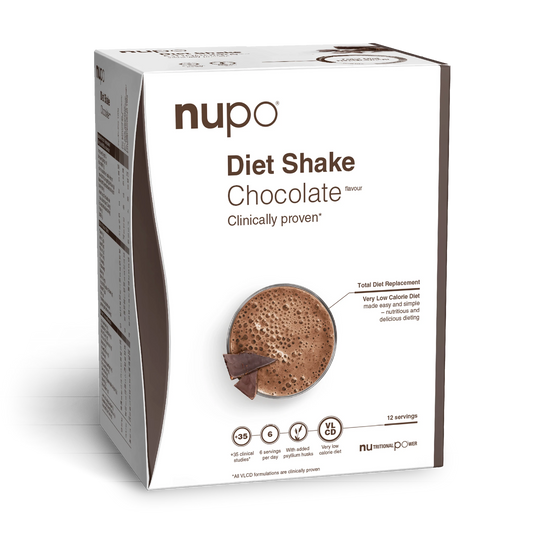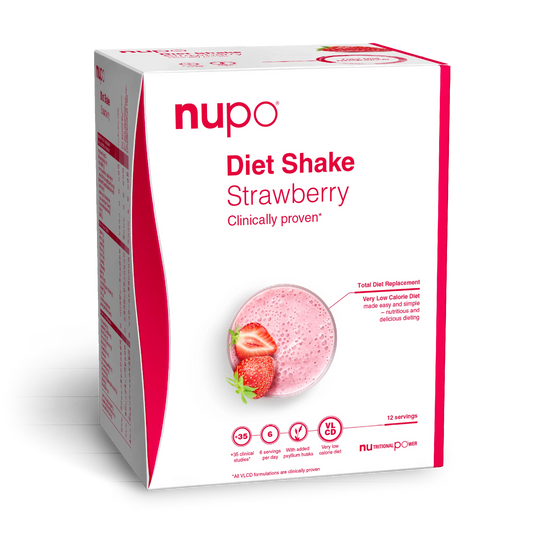Is a weight loss program with semaglutide a powerful solution?
Many opt for weight loss medication as an easy solution but are often unwilling to change habits or eat healthily. Obesity is a chronic metabolic disease affecting millions worldwide, increasing the risk of several serious health conditions, including type 2 diabetes. Research shows that 28% of adults in the UK are classified as obese, and this number is expected to rise to 60% by 2050.
Are we better off in Denmark? Unfortunately, obesity has also risen significantly here, and we are not far from the UK trend. This makes obesity one of the biggest public health threats, as it is one of the leading causes of preventable deaths. There is an urgent need for effective interventions to reduce the prevalence of obesity and its associated diseases, particularly type 2 diabetes.
When comparing a very low-calorie diet (VLCD) with semaglutide treatment alone, it becomes clear that VLCD offers several significant advantages.
Weight Loss Strategies with Semaglutide and VLCD
One of the most effective weight loss strategies for people with type 2 diabetes is using the glucagon-like peptide-1 (GLP-1) receptor agonist semaglutide. Semaglutide, requiring an 8-week dose escalation period, has shown an average weight loss of 4.5 kg over 30 weeks. Semaglutide is approved by NICE guidelines for long-term treatment of type 2 diabetes, and a higher dose formulation, Wegovy, is awaiting formal approval for obesity treatment in the UK. A key goal for people with type 2 diabetes is achieving optimal glycemic control, which can be improved through weight loss.
Another effective weight loss strategy is a very low-calorie diet (VLCD). VLCD involves a daily caloric intake of about 800 kcal and has been shown to result in significant weight loss and improvements in glycemic control. To examine the effect of combined treatment with semaglutide and VLCD, a study was conducted with 19 individuals with type 2 diabetes and a BMI over 27 kg/m². Participants were randomly assigned to one of three interventions for 12 weeks: semaglutide (n=7), VLCD (n=7), and a combination of semaglutide and VLCD (n=5).
Study Results
The study showed that all three groups achieved significant weight loss. However, weight loss was significantly greater in participants following VLCD and combination treatment compared to those receiving semaglutide alone. Weight loss was 14.0 kg and 14.9 kg for the VLCD and combination groups, compared to 6.4 kg for the semaglutide group alone (p<0.01 for both). The combination treatment led to the greatest percentage weight reduction (14.2%), significantly greater than the semaglutide group's weight loss (6.3%, p<0.01). VLCD also resulted in a higher percentage weight reduction compared to semaglutide alone (11.6%, p<0.05), but there was no significant difference between the VLCD and combination groups. All groups experienced significant reductions in HbA1c levels, with a trend toward greater HbA1c reduction in the combination group compared to the semaglutide group (21.2 mmol/mol vs. 11.3 mmol/mol, p = 0.065).
Advantages of VLCD versus Semaglutide
The study results highlight several advantages of VLCD compared to semaglutide alone:
- Greater Weight Loss: Clinical experience and research show that a VLCD leads to significantly greater weight loss in a short time compared to semaglutide. For those needing to quickly reduce weight to improve health, such as reducing joint strain, improving cardiovascular health, or preparing for surgery, this rapid weight loss method is invaluable.
- Improved Glycemic Control: Combination treatment with VLCD and semaglutide offers superior glycemic control compared to semaglutide alone. This means more stable blood sugar levels, crucial for those managing type 2 diabetes. This combination may be key in achieving diabetes remission, one of our ultimate goals in diabetes treatment.
- Reduced Insulin Resistance: Insulin resistance is a core issue in type 2 diabetes. VLCD has been shown to reduce insulin resistance more effectively than semaglutide alone. Improving the body's ability to respond to insulin helps enhance glucose metabolism and reduce the risk of severe complications.
- Healthy Habits and Dietary Changes: One of the most valuable aspects of a VLCD is its ability to promote healthy habits and dietary changes. People undergoing a VLCD often gain a better understanding of their diet and nutritional needs – from portion sizes and nutrient content to calorie reduction. This diet provides the tools to make healthier choices, essential for long-term weight control and overall health.
- Adequate Nutrition: An important aspect of VLCD is ensuring patients receive the necessary nutrition despite low calorie intake. Unlike the hunger some may experience with semaglutide alone, where they might eat less without paying attention to nutritional quality, VLCD offers a structured approach. This ensures not only weight loss but also maintaining health by obtaining all essential nutrients, critical for both short-term and long-term health.
Research Shows More Than One Perspective
As responsible advisors, we must rely on what research shows. As dietitians or doctors, we are obligated to find the most effective and holistic treatment methods. VLCD combined with semaglutide represents a powerful strategy that can lead to significant improvements in weight, blood sugar control, and overall health. We see it as a promising path forward for many, especially those with type 2 diabetes.

Sources:
www.simpleonlinepharmacy.co.uk Wegovy Dosage Guide | Simple Online Pharmacy












